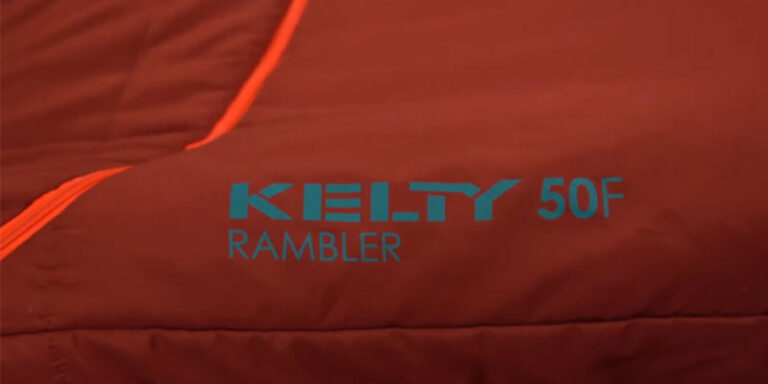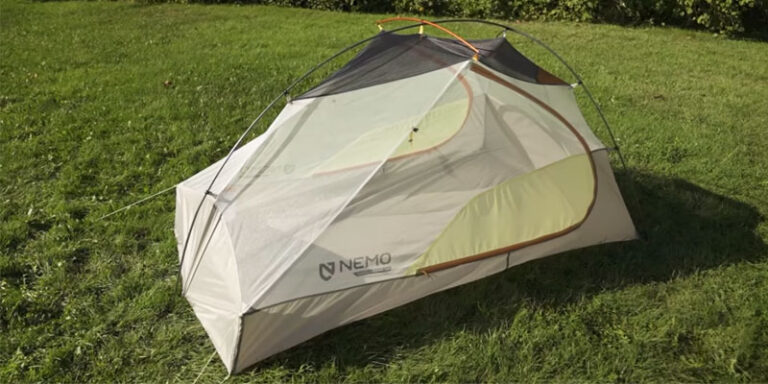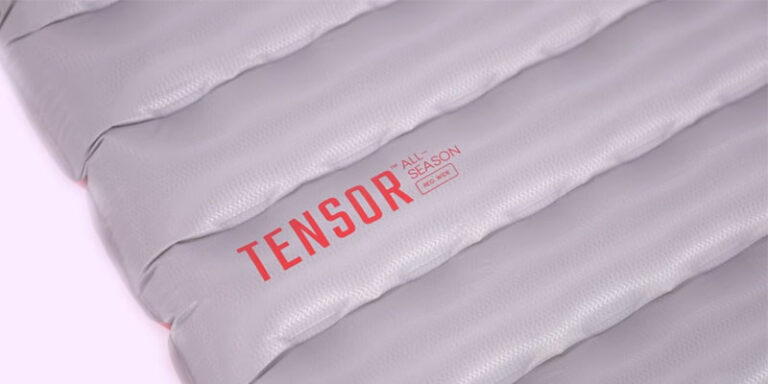When it comes to outdoor adventures, having the right tent can make all the difference between a comfortable night under the stars and a restless, uncomfortable experience. Two popular contenders in the world of backpacking tents are the Nemo Dragonfly and the Hornet series. Both tents are renowned for their lightweight designs, durability, and innovative features. In this article, we’ll compare and contrast both tents to help you decide which one is best suited for your next wilderness escapade. Whether you’re a seasoned backpacker or a novice camper, choosing the right tent is essential for a successful outdoor journey.
NEMO Dragonfly
Minimum Trail Weight: 2 lbs. 10 oz.
Packaged Weight: 3 lbs. 2 oz.
Floor Dimensions: 88 x 50/45 (L x W head/foot) inches
Peak Height: 41 inches
Packed Size: 5.5 x 19.5 inches
The NEMO Dragonfly OSMO 2P tent is a game-changer for backpackers seeking a lightweight yet spacious shelter. Constructed with high-performance OSMO™ fabric, this tent offers impressive water repellency and durability without the use of harmful chemicals. Its updated Divvy Cube™ stuff sack makes weight distribution a breeze, and the intuitive setup with hubbed DAC Featherlite® NSL poles ensures a quick and efficient pitching process.
During my adventure in Patagonia, the Dragonfly OSMO 2P proved its worth with its easy setup and reliable performance. The generous interior space, gear storage options, and thoughtful design details like the Nightlight Pocket™ made my camping experience comfortable and enjoyable. While the price point may be a bit steep, the quality and functionality of this tent make it a worthwhile investment for serious backpackers looking for a top-tier shelter.
What I like about Dragonfly
- Lightweight Design: The NEMO Dragonfly OSMO 2P tent is incredibly light, making it perfect for backpackers and hikers who prioritize weight savings without compromising on livability.
- OSMO™ Fabric: The proprietary OSMO polyester nylon ripstop fabric offers exceptional water repellency and durability, ensuring reliable shelter in various weather conditions.
- Easy Setup: The tent features hubbed DAC Featherlite® NSL poles and intuitive design elements, making it quick and straightforward to pitch, even for solo campers.
- Spacious Interior: Despite its lightweight construction, the tent provides ample interior space for two campers, along with gear storage options like a gear loft and gear pockets.
- Innovative Features: From the Gatekeeper™ clips for easy door tie-backs to the Nightlight Pocket™ that turns your headlamp into a tent lantern, the Dragonfly OSMO 2P offers thoughtful and practical features.
- Sustainability: The tent incorporates recycled materials and meets strict ecological standards, including bluesign® approval for environmentally conscious campers.
What I don’t like about Dragonfly
- Price: The NEMO Dragonfly OSMO 2P tent is on the higher end of the price spectrum, which may be a deterrent for budget-conscious buyers.
- Learning Curve: Some users may experience a learning curve during the initial setup, particularly regarding the placement of the cross-connect pole, which can affect the tent’s stability in windy conditions.
- Limited Vestibule Area: While the tent provides sufficient space inside, the vestibule area may be considered small for storing bulky gear or additional items outside the main sleeping area.
- No Footprint Included: Unlike some other tents on the market, the Dragonfly OSMO 2P does not come with a footprint included, requiring an additional purchase for added floor protection.
NEMO Hornet
Minimum Trail Weight: 2 lbs. 1 oz.
Packaged Weight: 2 lbs. 8 oz.
Floor Dimensions: 85 x 51/43 (L x W head/foot) inches
Peak Height: 39 inches
Packed Size: 7.5 x 12.5 inches
The NEMO Hornet OSMO ultralight tent is a promising option for backpackers seeking a lightweight yet spacious shelter. Made from high-performance OSMO™ polyester nylon ripstop fabric, this tent boasts impressive water repellency and durability. Weighing just 2 lbs. 1 oz., it’s easy to pack and carry, especially with the innovative Divvy Cube™ stuff sack that allows weight splitting with a partner. The large doors and vestibules offer ample gear coverage, while the patent-pending Flybar™ and volumizing guyouts create more livable space inside. The integrated Gatekeeper™ clips and Nightlight Pockets™ add convenience and functionality to the design, making it a versatile choice for outdoor adventures.
However, some users have reported issues with condensation, especially around the head area where the rainfly contacts the mesh. Despite proper setup and staking, condensation buildup can be a problem, particularly in humid environments like the Pacific Northwest. Using a trekking pole between the poles can mitigate this issue, but it’s something to consider before purchasing, especially for those camping in wetter climates. Overall, the NEMO Hornet OSMO tent offers excellent features and comfort for its weight, making it a solid choice for lightweight backpacking trips in drier conditions.
What I don’t like about Hornet
- Lightweight design at just 2 lbs. 1 oz., ideal for backpackers looking to shed weight without sacrificing comfort.
- Spacious interior with large doors and vestibules, providing ample gear coverage and livable space for two people.
- High-performance OSMO™ polyester nylon ripstop fabric offers superior water repellency and durability compared to previous Hornet tents.
- Innovative Divvy Cube™ stuff sack allows for weight splitting with a partner, making it easier to pack and carry.
- Patent-pending Flybar™ and volumizing guyouts create more headroom and distribute fly tension evenly, enhancing overall comfort.
What I don’t like about Hornet
- Some users have reported condensation issues, especially around the head area where the rainfly contacts the mesh, particularly in humid environments like the Pacific Northwest.
- The tent may require additional setup adjustments, such as using a trekking pole between the poles, to mitigate condensation problems effectively.
- While the bluesign®-approved floor material meets ecological and chemical requirements, condensation-related issues may impact user experience in wetter climates.
- Despite the spacious design, the tent is marketed as a 2-person tent but may not provide sufficient comfort for two people, especially with condensation concerns.
Conclusion
In conclusion, both tents offer excellent options for backpackers and outdoor enthusiasts, with the Dragonfly excelling in durability and livability, while the Hornet stands out for its ultralight design and compactness.





